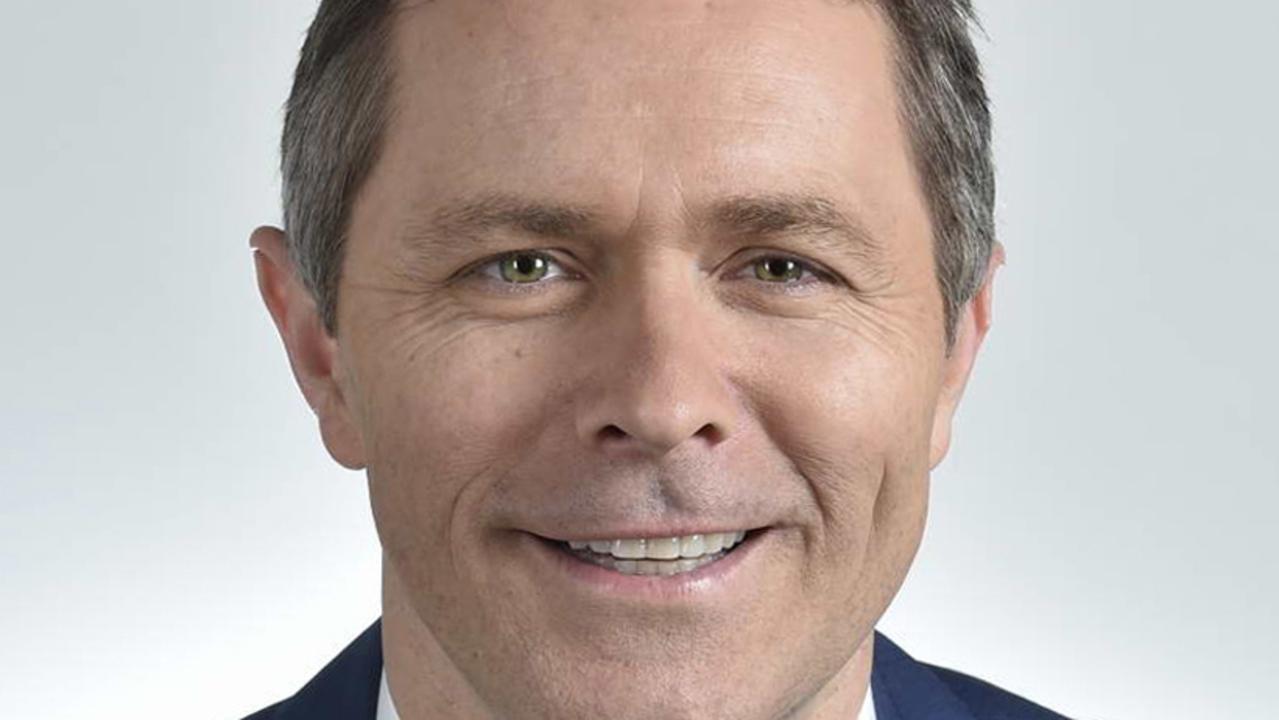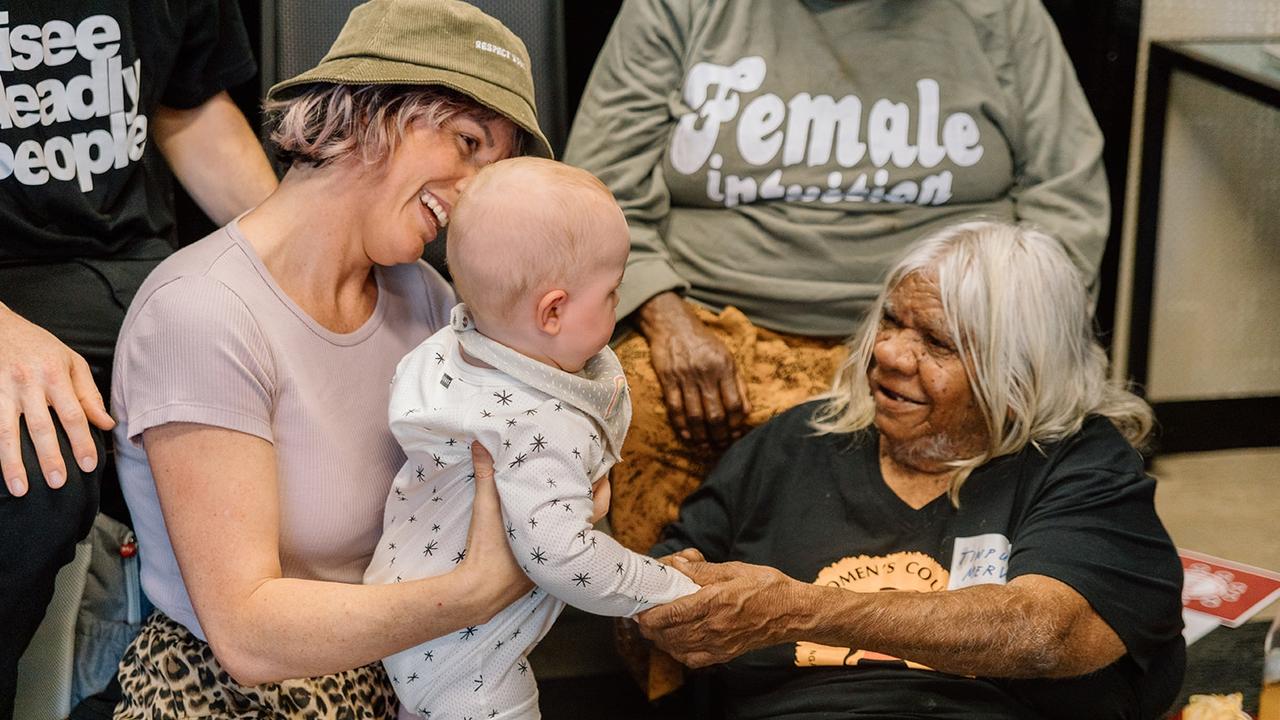Transforming anatomy from a first-year headache to a favourite subject
Anatomy is essential for many disciplines and the University of South Australia teaches it in a new, effective way

Future Builder Award Winner (Peoples’ Choice) University of South Australia
-
Transforming anatomy from a first-year headache to many students’ favourite subject
-
Looking on as human body parts are dissected or handled can be confronting for some allied health students.
Yet a thorough understanding of anatomical structure is essential for students pursuing careers in physiotherapy, occupational therapy, the exercise and sports sciences, sonography, radiography and many other health-related fields.
A range of teaching aids can be employed to help students understand the intricacies of organ placement, interaction and potential dysfunction, says University of South Australia senior lecturer Dr Arjun Burlakoti.
“We teach whole body anatomy; gross and sectional anatomy – the way you read a CT scan or an MRI scan; human biomechanics and neuroanatomy,” he says. “We focus on practical workshop activities and a continuous lecturer, peer, tutor, student interaction.”
Burlakoti and his colleagues use images, plasticised specimens and models, as well as human bodies and body specimens to teach students the basics of anatomy and to demonstrate methods of specimen sampling from various organs. One student was so engaged with the course that after surgery she brought in her own gallbladder, full of gallstones. Preserved in formalin, it is still used to teach UniSA students gall bladder and liver clinical anatomy.
The body’s surface is also used to teach anatomy, Burlakoti adds. Crayon marks on the skin can be used to outline the internal positions of blood vessels, nerves, bony and soft tissue, and organs such as the liver, the heart, parts of the intestine, the bladder and the kidneys.
“In some cases, we use CT scans as the basis for 3D printing models; we have a very special real-looking head, which preserves the blood vessels inside the brainbox,” he adds. “And this is what excites the health professionals who come to the class.”
Learning anatomy is not like learning geometry or chemistry where hard and fast rules hold true. Understanding the human body’s near boundless differences and adaptability is essential for students in health fields.
Extreme anatomical anomalies can be related to disease and cause a range of health problems and even death, Burlakoti points out: asymmetrical blood vessels supplying the blood to the brain could lead to an artery ballooning, a vessel rupture and potentially a fatal stroke.
Working health professionals, including surgical registrars, sonographers and physiotherapists, occasionally attend a course at the UniSA lab to revise anatomy, Burlakoti says. Recently a couple of plastic surgeons wanted to explore some of the surgical specimens to better understand the spider web-like nerve network in the armpit.
Anatomy is one of the most challenging subjects for allied health students and provision is made for class members who are particularly squeamish.
Lectures are streamed from the cold area of the university lab; students who are uncomfortable seeing human organ dissection and handling up close can watch live online from another room.
A peer tutoring program ensures first year students who might be troubled by dissection and body parts are supported by students who have already finished the course.
Anatomy lecturers are delighted by the highly positive student feedback for the course, Burlakoti says. “The courses receive some of the best satisfaction scores,” he says, “and the team gets some of the best teacher satisfaction scores.”


